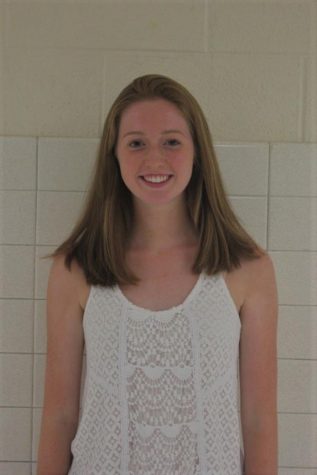Senior class trip to Capitol Hill
Students taking any level of a government class, which includes all seniors, took a trip to Capitol Hill on Wed. March 1. Government teachers, other faculty, and parents also joined them to direct the trip and act as chaperones. As government students learn about the legislative process of how a bill becomes a law, they have the unique opportunity to travel down the Washington, D.C. and see some of these Senate and House Committee Hearings in person.
The senior class met in the cafeteria before school started on Wednesday morning to check in with their chaperones and assigned groups. The general opinion among students was that the morning check-in was extremely chaotic. Students, parents, and teachers swarmed the cafeteria. Students frantically searched for the friends with whom they wanted to spend the day, while also searching for the chaperones whom they most likely had never met. The morning was even more stressful for teachers who congregated their students to give directions and help direct people to their chaperones. After students checked in with their chaperones, they were free to walk to the Vienna metro with their groups and embark on the self-guided field trip to Capitol Hill.
Once students arrived in D.C., they had a myriad of options of how to spend their time. Government teachers provided their students with the day’s schedule for the House of Representatives, Supreme Court, and the Senate. Since the majority of the Committee Hearings were held between 10 and 11am, most groups started their day by selecting a hearing to attend. This year teachers started a new “point system” as part of the field trip. With every exhibit or government building students visited, they received certain number of points. To enforce the planned agenda and discourage students from simply “hanging out” while in D.C., teachers required that their students obtain a certain number of points during the day. Super-seminar AP Government students needed 150 points and honors government classes needed 80 points.
Many teachers of other classes used the Capitol Hill Trip as an opportunity to introduce cross-discipline activities. For example, AP Calculus teachers provided a guided practice for analyzing sculptures or paintings on the trip for relative maximums/minimums, critical points, and other Calculus topics. Seniors not enrolled in a Calculus class spent a Cougar Time with their English teachers, where they connected the disciplines of government and literature. Art teachers also encouraged their students to weave art into their learning in D.C. by requiring students to visit the National Gallery of Art. The creative ways teachers connected non-government classes with the Capitol Hill trip created a day of richer and more diverse learning for all students.
Overall, the Capitol Hill field trip was well-received by the student body. Students loved the freedom to decide how they spent their day in D.C., and appreciated that they could choose whom they spent the day with. Despite the rain, many teachers who went on the field trip in previous years agree that this year’s was one of the most successful. Government teachers surveyed their students following the trip to find out what they liked and disliked. The field trip was a success, but teachers continue to work diligently to improve the experience for future years to come.

Kathryn is an Editor-in-Chief of the Oakton Outlook and has been part of the staff for four years. She has previously served as the Photo Editor and...





